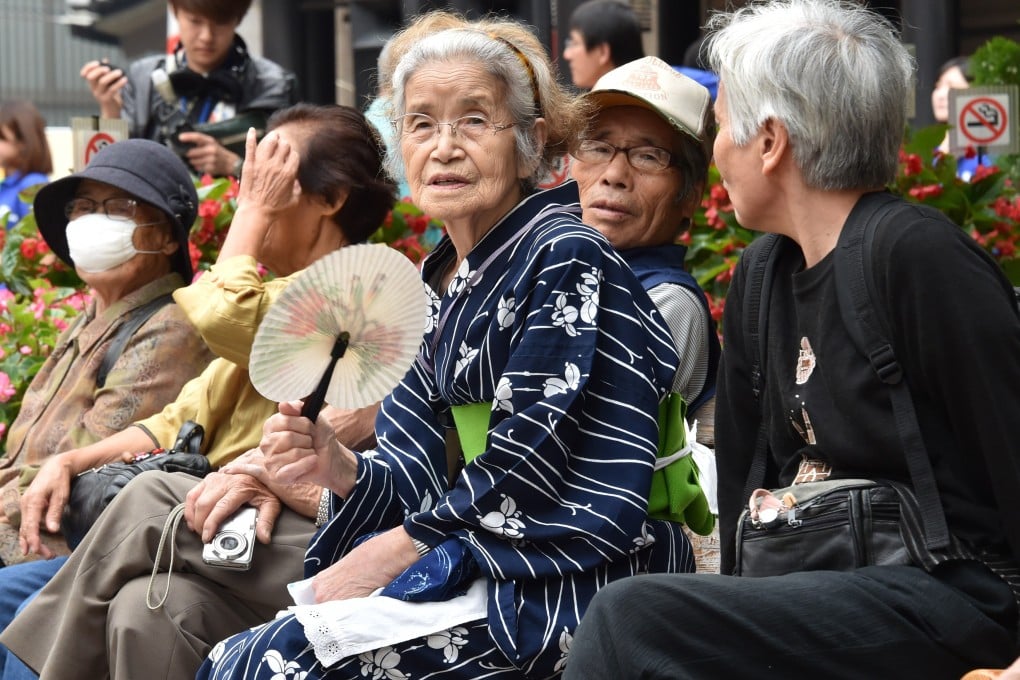As China ages, what lessons does Japan hold for its shrinking workforce?
- China’s population challenges are only too familiar to neighbouring Japan, which has been grappling with its own crisis for years
- Experts say Tokyo’s pension system reforms and its use of robotics and automation could offer some ideas for Beijing

This is the ninth in a series of stories about China’s once-a-decade census, which was conducted in 2020. The world’s most populous nation released its national demographic data on Tuesday, and the figures will have far-reaching social policy and economic implications.
China’s latest census sounded the alarm on the challenges it would soon face, including a declining labour force and a fast-ageing society that could weigh on the country’s economic progress.
Statisticians estimate the number will fall below 100 million in 2065 and stand at a mere 83 million by 2100. More worryingly, about one-third of those people will be 65 or older and will require pensions and advanced medical care – which will be funded through the tax incomes from a dwindling workforce.
While experts said China needed to avoid Japan’s sluggish economic growth resulting from its ageing population, Tokyo nevertheless held some lessons for Beijing, such as its experiments with boosting the fertility rate and the organisation of its pension system. Japan’s proposal to increase foreign workers was also a potentially useful idea, although that has proved to be an uphill battle domestically.

Reforming the safety net
In Japan, successive governments have made public pensions and the long-term national insurance scheme the core of Japan’s society security system, according to Masataka Nakagawa, a senior researcher at the Tokyo-based National Institute of Population and Social Security Research.
